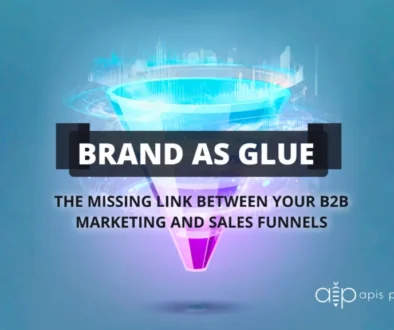Why You Should Invest in Newsletter Design
The emergence and continued growth of social media marketing have caused many organizations to put all their energies into these emerging platforms and, for some, email marketing has become an afterthought.
Did you know that 72% of people prefer to receive promotional information through email, compared to only 17% who prefer social media?
If you have moved on from email marketing to strictly utilizing social media outlets, you might want to rethink this strategy. Not everyone is on Facebook, Twitter, and Instagram, but EVERYONE has an email address.
Here are some ways email marketing design matters in email marketing best practices:
Design for Mobile Devices

More people own smartphones than a desktop or laptop, and that means people spend significantly more time on their mobile devices.
Most email design platforms now come with a wide array of mobile-optimized newsletter templates. It makes sense to consider how the layout will appear on the smallest screen your subscriber may be utilizing and begin with a mobile-first approach.
Single column designs and slightly larger fonts are a safe bet to make sure that people will be able to easily view the entire width of your message on any smartphone.
Use a Clean and Organized Layout
Keep things clean and simple to avoid unnecessary distractions and hold your readers’ attention from beginning to end.
It can be helpful to begin by making a simple sketch of the general layout of the newsletter and then begin plugging in the necessary content elements as you refine your design.
Below is a perfect example of how single-column design can facilitate easy scrolling on mobile devices.

Tip: Evaluate and compare a number of different email marketing platforms. There are a wide variety of choices that allow non-technical users to easily populate and customize visually engaging templates.
Keep Text Short and Sweet
With declining attention spans, it is essential that you carefully strategize not only the right content but also how many different topics you want to introduce.
Many people receive various email newsletters almost every day of the week. Think about your own inbox and the newsletters that you no longer read or have unsubscribed from. What was the reason? Most likely it was because you did not find the information to be valuable on a consistent basis, the email was too difficult to quickly scan and read, or that it was sent too often.
Tip: Use a theme to weave content together and include a “Read More” button when promoting blog content.
Create Visual Hierarchy

This design principle requires creating a sense of what is important to the reader through the use of position, size, color, contrast, and shapes.
At a glance, it should be very obvious what elements are the most important and what you want the reader to focus on.
Effective use of font sizes and color are the easiest and most common ways designers can create a sense of importance within the body of an email.
Embrace White Space

Effectively utilizing white space allows the brain to scan, interpret and break down elements into easily digestible pieces.
Apple has set the standard that so many brands have tried to reach when it comes to effective use of white space and a clean layout.
Less is more. Give your content room to breathe and make an impact on the reader. All beautiful design makes strategic use of negative space to emphasize certain parts of your content.
Frame Content with Headers/Footers

The first 2 to 3 inches on an email are the most critical real estate you have to gain the attention of the reader. The header, in particular, is your first opportunity to make a great impression.
Footers may not be the first thing a reader sees, but they should provide a solid visual bookend to the header of a newsletter and help frame the look and feel of the entire email. You can use an email template builder to achieve the right frame.
Be sure to include social media icons as well as an unsubscribe button and other elements that will make your message CAN-SPAM compliant.
Set the Mood with Color

Plenty of research has been conducted on how different colors elicit certain feelings and emotions. Be very intentional with your choice of color schemes to create a message that resonates with your readers.
So, what do different colors mean?
In the west, there are certain cultural conventions that dictate which colors should be used for certain messages. For example, black has been traditionally associated with luxury and sophistication, while blue is often connected with the notions of integrity and tranquility.
Obviously, you want to utilize a color scheme that complements and reinforces your brand identity.
Use Stunning Images

When you have limited space to get a message across, a carefully chosen image can make a big statement.
The example above puts the product on center stage, accompanied by a background image that creates an outdoorsy, adventurous feel that is likely to resonate with the target audience.
Just be careful to not overuse images or choose pictures that are too large, as they can make your email more likely to be labeled as spam. Give images no more than 30% of the available real estate.
As always, if you need help with email marketing, give us a shout, we’re here to help!




